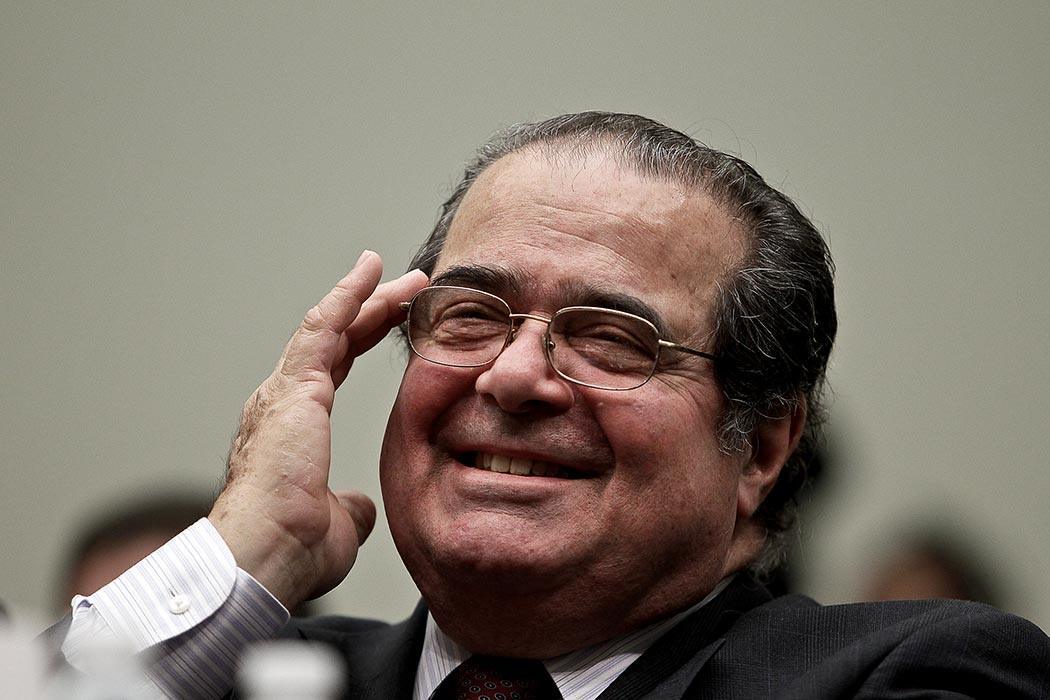Following the death of Supreme Court Justice Antonin Scalia, Republicans in the Senate have struck an intensely partisan tone regarding the choice of his successor. Senate Majority Leader Mitch McConnell declared in a statement that the vacancy should not be filled until the next president takes office almost a year from now.
Politico reports that White House officials had expected Senate Republicans to block anyone President Obama considered, but they were nonetheless “stunned” by McConnell’s public admission.
For decades, presidents and senators have played politics with Supreme Court nominations while vehemently denying that they were doing so. But, as David Greenberg explained in a 2005 paper, this model is relatively recent.
He explained that, for much of the nation’s history, the Senate played a strong role in Supreme Court appointments, and senators often baldly stated their ideological reasons for opposing an appointment. Between 1794 and 1894, 22 of 81 nominees failed to make it to the court.
But then things changed.
As presidential power expanded in the first two-thirds of the twentieth century, the Senate stepped back. Between 1894 and 1968, it only blocked one candidate.
Things suddenly shifted back in the other direction in 1968. That June, when Chief Justice Earl Warren decided to retire, President Lyndon Johnson proposed naming his own close advisor, Associate Justice Abe Fortas, as Warren’s successor.
Senate Republicans expected their party’s candidate, Richard Nixon, to be elected later that year. They also disliked the liberal orientation of the Warren court, which had supported racial integration and opposed school prayer. As part of the fight against the appointment, Senator Strom Thurmond set up a film projector to show pornographic movies that Fortas had argued were protected by the First Amendment to reporters and fellow lawmakers. Eventually, the senators used a filibuster to force Johnson to withdraw both Fortas’s promotion and his second choice, a Texas judge named Homer Thornberry.
The Fortas fight—which took place just as everyone from antiwar protestors to satirists was challenging the President’s authority—marked the start of a new willingness to wrangle over Supreme Court nominations.
“Various segments of society felt an urgent need to restrain the imperial presidency, and nominations to the Court offered an occasion for senators to do so,” Greenberg wrote.
Still, senators did not talk openly about their ideological reasons for opposing nominees. Republicans who opposed Fortas, and Democrats who refused to approve two of Nixon’s nominees, generally used arguments about ethical violations, not politics. Even Democrats who blocked Reagan nominee Robert Bork, an outspoken opponent of abortion and affirmative action, emphasized his temperament more than his specific policy positions. Greenberg explained that they portrayed him not simply as “too conservative” but as a “wild-eyed, bushy bearded zealot holding radical views.”
Weekly Digest
McConnell’s statement may challenge the taboo against open partisanship in Supreme Court nomination fights. If so, it wouldn’t be the first time our approach to the matter has changed.







